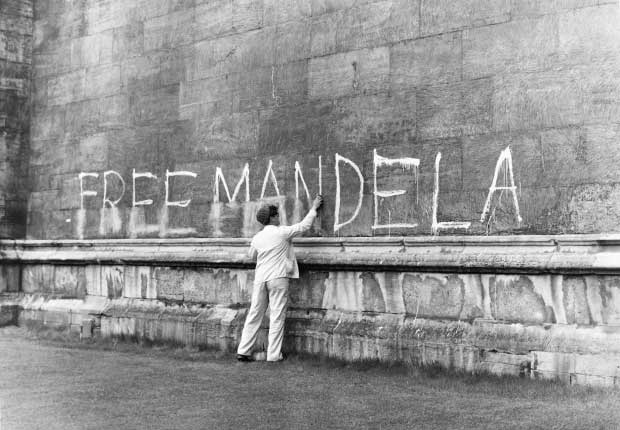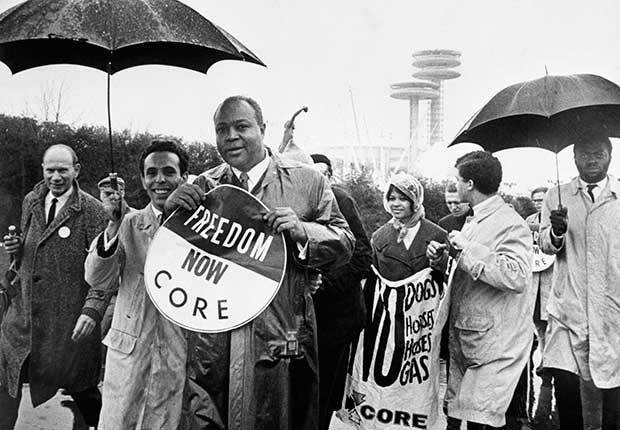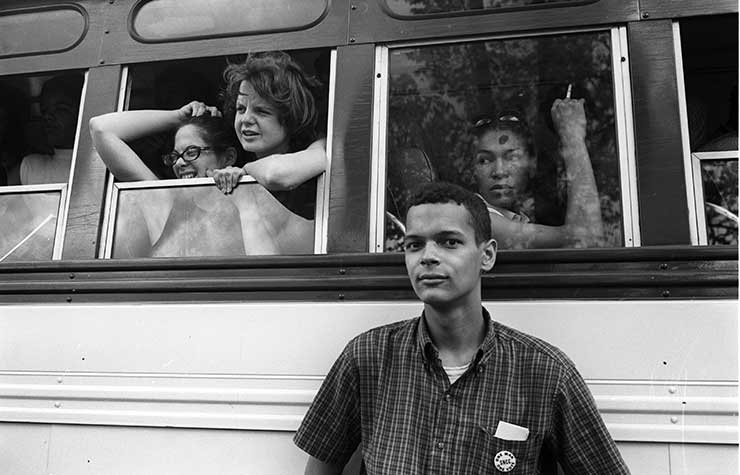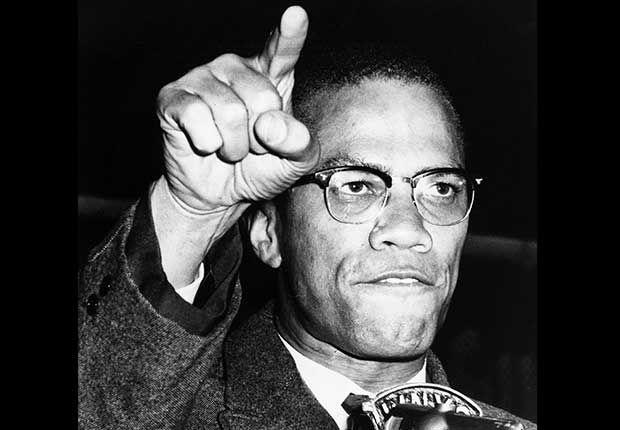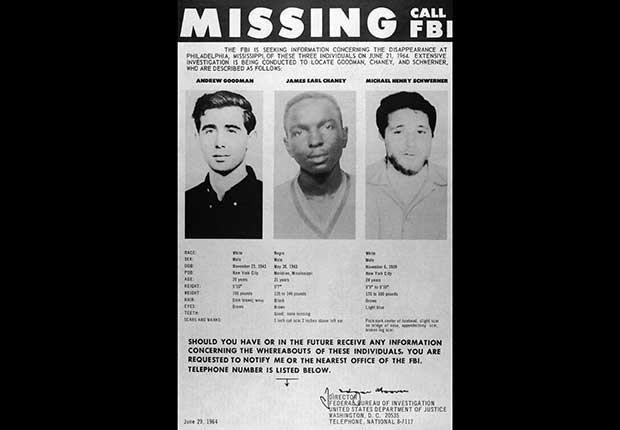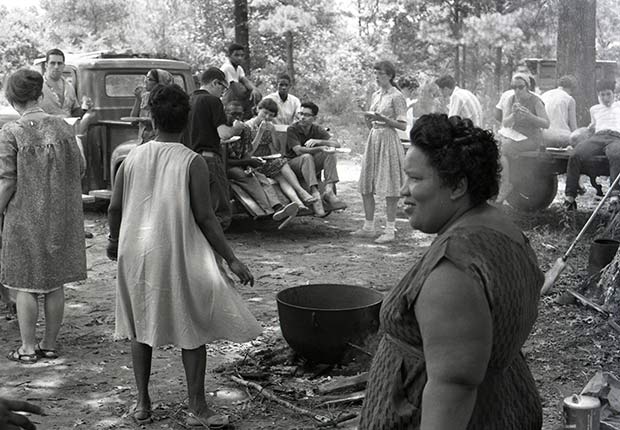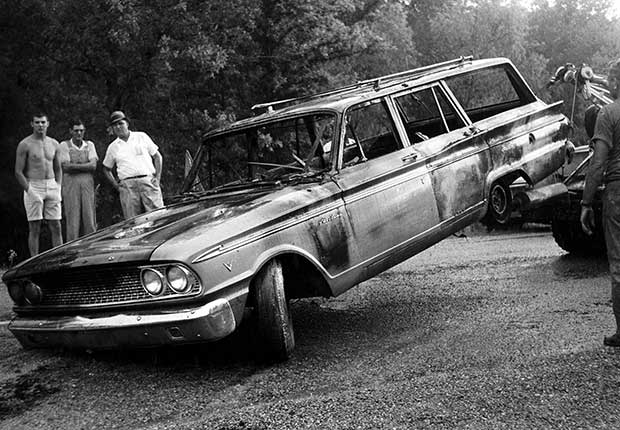The Rise of the Civil Rights Movement
How the 1964 Freedom Summer movement shaped social change in America
by Carol Kaufmann, AARP Bulletin
-
Steve Schapiro/Corbis
1964 Freedom Summer
En español | Fifty four years ago this month, the civil rights movement exploded into America’s consciousness. As the U.S. Senate wrestled with historic legislation addressing segregation and discrimination, events in the South, across the nation and around the world grabbed headlines and demanded attention.
1 of 13 -
Hulton-Deutsch Collection/Corbis
Nelson Mandela
Nelson Mandela is sentenced to life in prison on June 12 for committing sabotage against the South African apartheid government.
2 of 13 -
AARP Offer: Remember the past, help shape the future
Share your stories and help advocate for political support to protect your future. Join AARP to support living with dignity and purpose.
3 of 13 -
Bettmann/Corbis
Organizers
James Farmer (in middle) was national director of the Congress of Racial Equality (CORE) in June 1964.
4 of 13 -
Steve Schapiro/Corbis
Voter Registration
Civil rights leader Julian Bond stands next to a bus full of young people taking part in a CORE training session aimed at registering voters in Mississippi.
5 of 13 -
The Granger Collection
Malcolm X
Malcolm X announces on June 28 the creation of the Organization of Afro-American Unity, to win freedom for blacks “by any means necessary.”
6 of 13 -
Bettmann/Corbis
Civil Rights Act
President Johnson signs the Civil Rights Act on July 2 after the U.S. Senate passes the landmark legislation, which prohibits discrimination in public places, education and employment on the basis of race, color, religion, national origin or sex.
7 of 13 -
Bettmann/Corbis
Violence
Three civil rights workers —Andrew Goodman, James Chaney and Michael Schwerner — disappear on June 21 after investigating a church burning near Philadelphia, Miss., triggering a massive FBI investigation.
8 of 13 -
Sit-Ins
In 1960, a black student picketed outside Woolworth’s in Greensboro, N.C., in support of the lunch counter sit-in taking place inside, while a white counter-demonstrator kept in step with him.
9 of 13 -
Civil Rights Education
Freedom Schools were established to address the unequal education received by blacks. Volunteers taught the history of the civil rights movement and leadership development in addition to reading, writing and arithmetic.
10 of 13 -
Barry Goldwater
Barry Goldwater won the 1964 GOP nomination for president. The founder of the conservative movement opposed the Civil Rights Act, saying it was unconstitutional for the federal government to intrude into states’ affairs.
11 of 13 -
Unity Among Protestors
Black and white civil rights demonstrators gather together in Mississippi.
12 of 13 -
Steve Schapiro/Corbis
Sad Endings
The bodies of Schwerner, Goodman and Chaney were found two months later, buried in an earthen dam.
Next Slideshow: The impact of the civil rights movement
13 of 13


